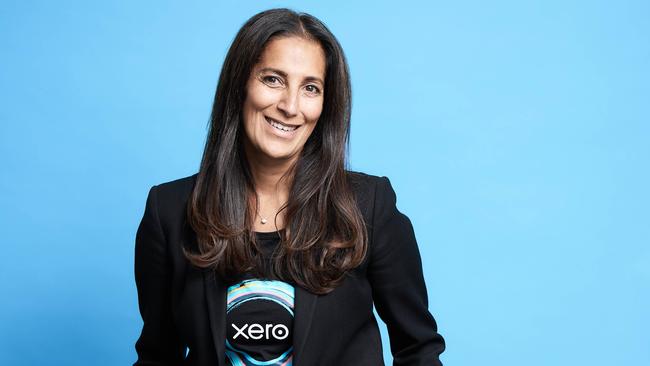From Xero to hero as earnings turn around from loss to a $160m profit
New Zealand cloud accounting company Xero has switched from a loss in 2023 to a $NZ174m profit despite slower growth in the number of its subscribers.

New Zealand cloud accounting company Xero has managed to turn its losses upside down, swinging a net profit of $N174m ($160m) over the past 12 months.
The profit jump, which came after last year’s $NZ113.5m loss, arrives as the Kiwi tech giant secured about 205,000 new Australian customers. The local market, where it has 1.8 million subscribers, accounts for the majority of its growth over the past year.
Xero recorded a revenue jump of 22 per cent, earning $NZ1.7bn ($1.56bn) over the full year to March 31.
Chief executive Sukhinder Singh Cassidy said the company wasn’t afraid to pull back on investments it didn’t think were successful, and that the company planned to “allocate capital in a much more purposeful way”.
“The allocation of capital for us being intentional is everything from deciding to exit non-core businesses like Waddle and Workflow Max, which we did last year, to deciding that for Planday – and we did this – the right thing for them is to focus on markets where they can win,” she said.
Ms Singh Cassidy was referring to the European work management company which it acquired for €155.7m ($241.6m) in 2021.
Last month the company took out a “minority” $US25m ($38.2m) stake in Australian unicorn human resources start-up Deputy, under a major deal that will allow Xero customers to use Deputy’s scheduling and management services. Part of that plan included retiring Planday locally by September.
It was a deal Deputy’s chief executive, Silvija Martincevic, described as “transformative”. “Deputy is thrilled to announce this transformative strategic partnership with Xero as it connects two industry leading global companies to offer a seamless all-in-one solution for accounting, payroll, and workforce management,” she said.
But investors should remember that Xero’s stake in Deputy was a “minority” position, and that the investors should interpret it as a “strategic partnership”, Ms Singh Cassidy said.
“We have no on-board seat, we have no observer rights and it’s so tiny that we can’t influence anything. It’s really just a way to cement our partnership,” she said.
Xero’s total subscriptions grew about 10 per cent from 3.74 million to 4.16 million over the year and average subscriber revenue was up 14 per cent to $NZ39.29. However, that increase was down 11 per cent on the previous year when it added 470,000 new users.
The UK was the second largest growth market last year for Xero, with 107,000 new subscribers taking it to 1.1 million there in total. The US and NZ followed – each bringing in 38,000 to make respective totals of 422,000 and 605,000 subscribers, while other countries brought in 31,000 new subscribers taking the total in those locations to 285,000.
Ms Singh Cassidy said Australia, the UK and the US were the company’s key markets.
“I think we still are pretty guns blazing in the UK and we think there’s lots of room for growth,” she said.
“The US will take longer to play out, but it’s really a very focused investment because it’s one of the largest SMB markets in the world and we already have a good foothold in that market.”
The company has outlined its plans to double in size and seek more balance between subscriber growth and its average revenue per user, in which artificial intelligence might one day play a role.
Xero was piloting and testing a number of AI products, including an AI chatbot called JAX (Just Ask Xero), that users can communicate with via WhatsApp and request it chase unpaid invoices or charge clients a late fee.
“I think it will be fair to say that while we don’t know exactly how we’ll charge for them I think you can expect that some generative AI features in the future will command a premium, both either in terms of the value they create or the cost to deliver them,” she said
Xero recorded an adjusted earnings before interest, taxes and depreciation of $NZ526,545.







To join the conversation, please log in. Don't have an account? Register
Join the conversation, you are commenting as Logout